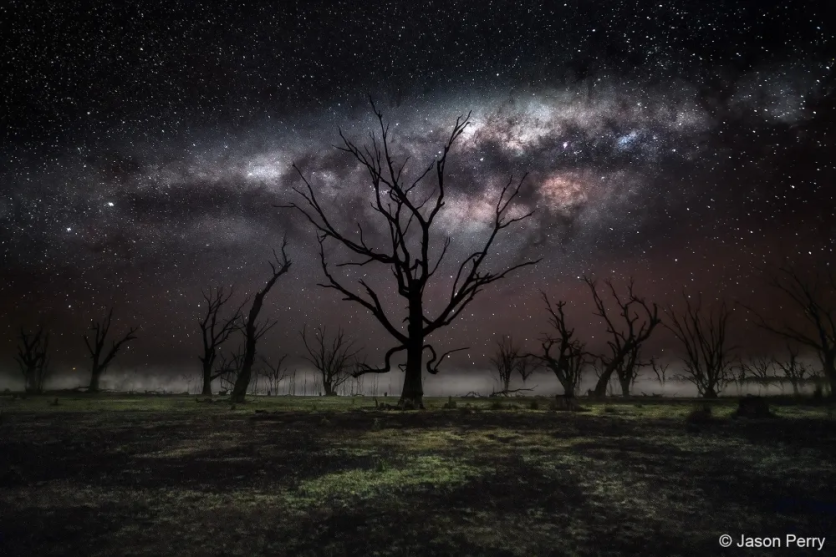
Concept of Life and Death
The Australian Geographic Nature Photographer of the Year competition's winning photo shows a humpback whale carcass circled on the ocean floor by a shark.
Judges cited Ashlee Jansen's photo as illustrative of the concept of life and death and as a reminder of how unforgiving nature and the food chain can be while still being an essential component of the natural ecology.
The South Australian Museum and Australian Geographic collaborated on the competition, which was first held in 2004 under the name ANZANG Nature Photography.
"This captivating image of a dead whale speaks to the circle of life - one death supports the renewal of other ocean communities. The beauty of the image lies in its artful circular composition, seen in the curves of the whale's skeletal ribs mirroring the patterns in the sand, keeping our eye within the frame moving between the living and the dead," a judge said in a comment to the winning photo.
The sub-adult whale in the picture, according to photographer Jansen, perished while traveling north on its yearly migration along the Ningaloo Reef. She noted that it was a stark illustration of Mother Nature's brutal act, adding that it is still a part of the natural ecosystem.
Take a look at the winners and some of the runners-up from the competition's two separate categories as well:
Animals in Nature
Winner: Night Light Dining

Runner-up: Midnight Seahorse

Astrophotography
Winner: The Outlier

Runner-up: Finders Rise

To see more images, visit www.australiangeographic.com.au
This article is owned by Tech Times
Written by Joaquin Victor Tacla
ⓒ 2025 TECHTIMES.com All rights reserved. Do not reproduce without permission.




